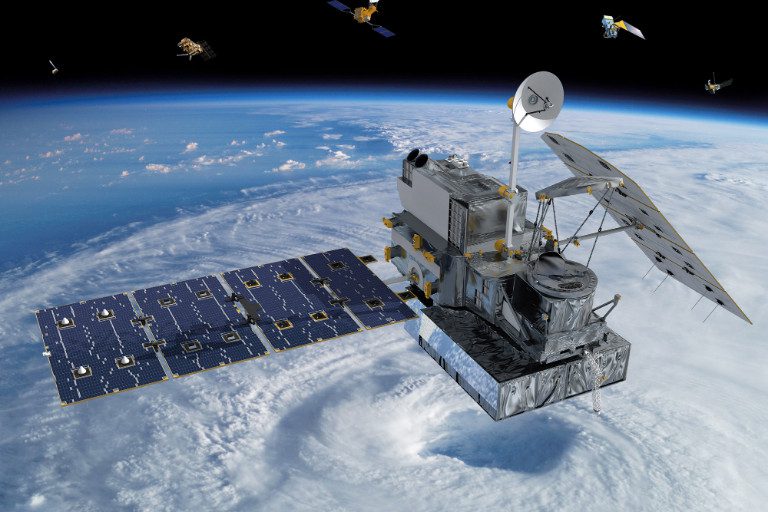How New Technology Is Improving Space’s Ecosystem
With all the money and time spent on building a satellite, it can be painful when they break down in space. But recently, there have been expansions in technology that will allow us to repair satellites in space, saving both time and money. Tom McCarthy, co-founder and vice president of business development at Motiv, sat down with Eric White of the “Space Hour” Federal News Network Podcast to discuss the emerging technologies and what they mean for the future of spacecraft and satellite repair.
On June 13, Hubble’s computer halted, suspending science data collection. As an important space research telescope, it needed to be repaired quickly in order to return it to science operations. However, initial attempts to fix the satellite failed and it took several weeks to fix. By July 15, NASA successfully switched to backup hardware on the Hubble Space Telescope, including powering on the backup payload computer. But because of how long it took to fix Hubble, the question of efficient satellite repair has been brought to the forefront of the space industry. Tom noted that while much of this satellite repair tech is still emerging, many companies (like Motiv) are currently at work on improving it. For example, NASA’s Goddard has been critical in developing new paths in this area, along with the Defense Advanced Research Projects Agency (DARPA) and other government entities. As robotic system builders, Motiv has helped to support these government entities, building and providing robotics to assist their repair endeavors.
Currently, OSAM-1 (short for On-orbit Servicing, Assembly, and Manufacturing 1) is being developed. This robotic spacecraft will be equipped with the tools, technologies and techniques needed to extend satellites’ lifespans. On its mission, OSAM-1 will be able to grasp, refuel and relocate satellites to extend their life, while allowing satellite operators new ways to manage their fleets more efficiently and get value from their initial investment. In addition, these capabilities could even help alleviate the issue of orbital debris. Overall, the pending creation of OSAM-1 ensures the longevity and operability of spacecraft and life support systems while fostering a more logistical ecosystem in space.
But OSAM-1 is just one of many repair spacecraft that are being designed in this area. Industry companies are now focusing on niche areas to provide satellites with extra years of profitable operations. There are a variety of applications from orbital debris to refueling that the community is building up capability around. This technology can even help satellites reenter our atmosphere once they’ve completed their mission.
And these solutions are needed sooner than later. With space travel becoming more and more accessible and the issue of space junk growing, space repair technology is finding itself in uncharted territory. But with costs being driven down significantly as they have now, access to spacecraft instrumentation opens up. Motiv has been one of the companies helping to make robotics more accessible and affordable, which opens up a lot of innovation and capability for all kinds of spacecraft.
Tom closed by saying that what was a down period in space exploration is now picking up. We might be going back to the moon, but this time, it’s a whole new mission with a whole new set of technology. Space exploration is now seen as an extension of what we do on Earth. And Motiv wants to help that extension achieve the most that it can.
Learn more about Motiv’s work on OSAM-1 previously known as Restore-L and its robotic arm called xLink which will be introduced on OSAM-2.
